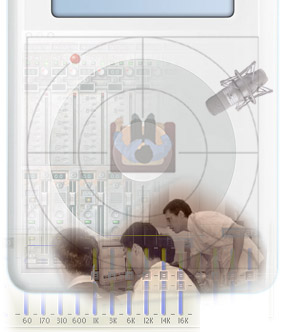

What it is Not Good For
Perceptually, people have different opinions about sound quality. When CDs were first released, some thought they lacked the warmth and richness of analog LPs. Furthermore, different genres of music and sound will cause different perceptions, even when using the exact same method of recording/encoding.
The Centre for Communication Interface Research (CCIR) developed an "Impairment" scale for measuring qualitative listening. Three international listening tests were given during the MPEG I development, and listeners were asked to rate on the following scale:
5.0 = transparent (same as original signal)
4.0 = perceptible, but not annoying
3.0 = slightly annoying
2.0 = annoying
1.0 = very annoyingAt 128 kbps (stereo), MP3 scored from 3.6 to 3.8 (compare to MPEG I layer 2 which scored from 2.1 to 2.6). An enterprising programmer, Roberto Amorim, created a series of public listening tests comparing different types of encoders and came up with similar results.
For your own comparison, consider the following:
Original (2.7MB wav)
MP3 Encoded (500KB mp3)
All sorts of errors can creep into the encoding process including noise, distortion, and roughness. Check out the page on artifacts for more information.